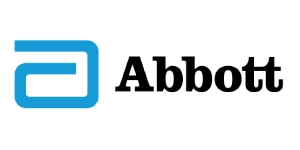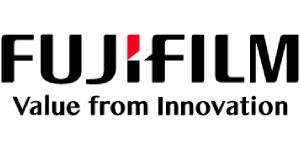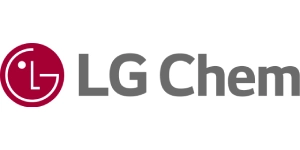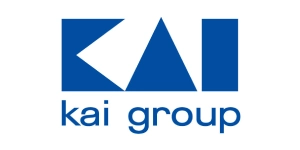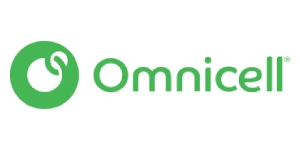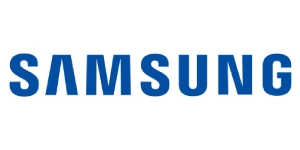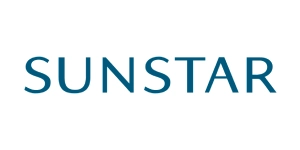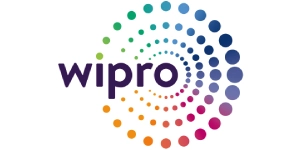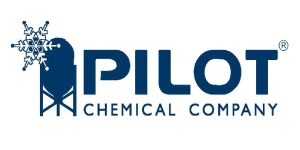Top Trends in the Acute Care EHR Market: Empowering Patient-Centered and Data-Driven Care
Category : Healthcare | Published Date : May 2025 | Type : Press Release
The global acute care electronic health record (EHR) market is undergoing a transformative phase, driven by advancements in healthcare technology, evolving regulatory frameworks, and growing demand for efficient, real-time patient data access. Acute care EHR systems, tailored for high-intensity environments like hospitals, emergency departments, and intensive care units, are pivotal for delivering time-sensitive clinical decisions and improving patient outcomes. These innovations are not only enhancing the performance of digital health systems but also helping hospitals address challenges related to interoperability, security, and provider burnout. In this blog, we discuss the top trends driving the acute care EHR market.
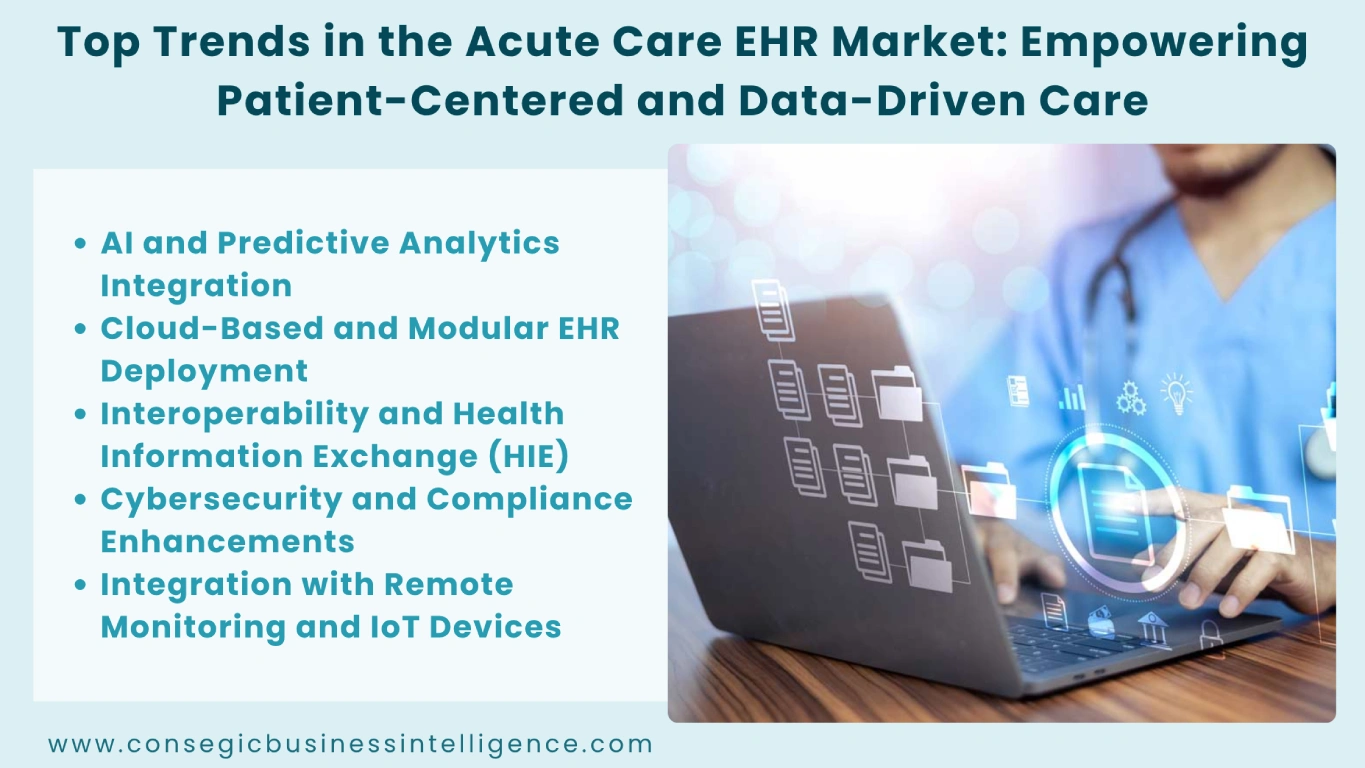
1. AI and Predictive Analytics Integration
Artificial intelligence (AI) is rapidly becoming an integral component of acute care EHR platforms. Hospitals are leveraging AI algorithms and machine learning models to analyze patient data in real time, enabling early detection of stroke or cardiac events. Predictive analytics tools embedded within electronic health records help clinicians forecast declines in patients' health, manage ICU capacity, and prioritize patients based on risk. These AI-driven features not only enhance diagnostic accuracy but also streamline workflows by suggesting treatment protocols or automating routine documentation. As AI continues to evolve, we’re seeing a shift toward natural language processing (NLP) to extract meaningful insights from physician notes, enabling clinical workflow optimization.
2. Cloud-Based and Modular EHR Deployment
Traditional on-premise EHR systems often face scalability and maintenance challenges, especially for large hospital networks. In response, healthcare providers are turning to cloud-based EHR platforms that offer greater flexibility, lower IT overhead, and enhanced disaster recovery capabilities. Leading vendors are also adopting a modular architecture for acute care EHRs, allowing hospitals to select and integrate specific functions like e-prescribing, clinical decision support, or imaging seamlessly. This plug-and-play approach is ideal for facilities that require customization without a complete system overhaul. Cloud deployment also facilitates real-time data synchronization across departments and remote facilities, making it easier to coordinate acute care services across regions and networks.
3. Interoperability and Health Information Exchange (HIE)
One of the most persistent issues in the acute care landscape is patient data interoperability, the ability of different EHR systems to share and interpret patient information consistently. With patients often moving between care settings, seamless data exchange is critical for maintaining continuity and safety.
Due to initiatives including the U.S. 21st Century Cures Act and the rise of FHIR (Fast Healthcare Interoperability Resources) standards, acute care EHR systems are now being designed to support real-time Health Information Exchange (HIE). These standards promote uniformity in data storage, ensuring that clinical documents, lab results, and imaging data are accessible regardless of the originating system. Moreover, as interoperability improves, care teams in emergency departments or ICUs can access historical data, medication lists, and allergies instantly, reducing diagnostic delays and avoiding adverse events.
4. Cybersecurity and Compliance Enhancements
With sensitive patient data stored and transmitted electronically, the acute care EHR market is also placing heightened importance on data privacy and cybersecurity. Hospitals have become frequent targets of ransomware attacks, prompting a shift toward more secure infrastructures. EHR vendors are now integrating advanced encryption, multi-factor authentication, and anomaly detection algorithms to secure clinical systems against unauthorized access and breaches.
Additionally, compliance tools are being embedded directly within EHRs to monitor audit trails, flag potential violations, and support real-time reporting, which is essential for maintaining regulatory integrity in acute care environments.
5. Integration with Remote Monitoring and IoT Devices
The rise of remote patient monitoring (RPM), real-time patient monitoring, and Internet of Medical Things (IoMT) devices is expanding the functionality of acute care EHRs. Wearables, connected infusion pumps, and smart ventilators are now integrated with EHR platforms to provide continuous data feeds.
These integrations allow real-time clinical decision support and timely interventions. For example, a drop in oxygen levels from a connected pulse oximeter can trigger alerts in the EHR, prompting clinical staff to act immediately. This is especially crucial in ICUs, where early intervention can mean the difference between recovery and deterioration. Moreover, IoT integration reduces manual entry, minimizing errors and freeing up valuable clinician time.
Conclusion
The acute care EHR market is in the midst of a digital transformation, driven by cutting-edge technologies and an evolving regulatory landscape. From AI-powered diagnostics to cloud scalability and advanced cybersecurity, EHR systems are becoming smarter, more responsive, and more clinician-friendly. As hospitals continue to invest in digitization, these trends are shaping a future where acute care delivery is safer, faster, and more personalized.
